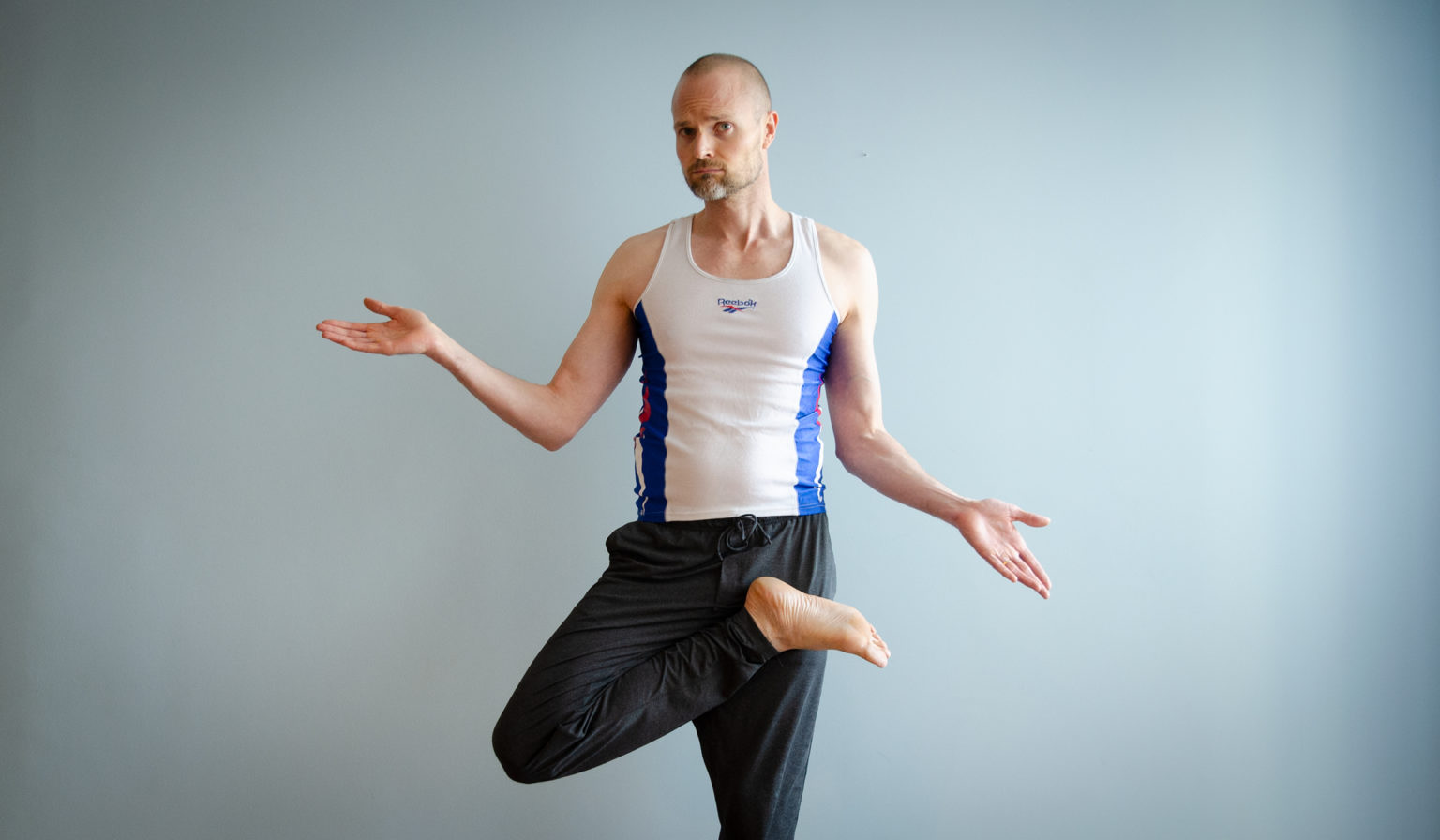Countless yoga adepts hold that yoga has transformed their lives. They claim for example that it gives them a sense of connection with themselves, soaring energy, mental focus and inner calm. But what if you have tried yoga and not felt anything? Before you give up, consider that there is a lot that you have to get right for a real impact. Here are the top reasons why yoga isn’t working out for you.
1. You don’t practice often enough
Sporadic practice isn’t enough. You need to get used to yoga practices by doing them repeatedly. This allows you to learn and enjoy them without struggling with technique. In addition, the impact of yoga builds up over time. Don’t expect all benefits to be instant.
Solution:
Practice at a regular interval. Once a week is a minimum. Once a day is excellent.
2. You are not practising in a favourable setting
For yoga to have a profound impact, your practice environment must be favourable.
You need the following:
-Clean, fresh air and an adequate, stable temperature.
-A clean and tidy room or practice hall.
-There should be no insects.
-You need to be sure that you won’t have to deal with disturbances such as domestic animals, small children, deliveries, phone calls or messages. In short, avoid anything that you might need to react to.
-There should be no TV, radio or music playing in the background that could take your attention away from yourself.
-It doesn’t need to be a completely silent environment, but there should be no invasive sounds.
-If you practice in a group, no talking should be allowed in the yoga room.
Solution 1:
If you are practising at home, create your own space. It doesn’t need to be a fixed space. It can be a different one that you make every time you practice.
If you live with others, practice at times when you are sure that no one will disturb you. If you need to negotiate with your family, present your yoga practice as beneficial for everyone. Yoga will make you more pleasant to be with and give you more energy for others.
Solution 2:
A convenient way to get good practice conditions is to practice in a yoga school or a studio. But choose carefully; some centres pay more attention to good practice settings than others.
3. Your sessions are not long enough
For yoga to work, your sessions must be long enough for you to calm down and build up focus. If you only practice ten or fifteen minutes, the impact will be limited. The longer you practice, the more profound the effect. Most classes in yoga studios are an hour and a half long. If you are looking for substantial benefits, consider that a minimum. Here on Forceful Tranquility, my sessions last two hours or more.
However, you don’t need long sessions every time you practice. The insights and benefits you get from them will help you get more out of shorter ones.
Solution:
Aim for at least one extended practice session every week.
4. Your yoga is too fast-paced
Yoga means different things for different people. Some consider it an intelligent exercise and stretching regime. Some even consider it a sport suitable for competition. Those people tend to know little about benefiting from yoga on a more profound level.
Sport oriented yoga styles build their practices around dynamic movements. Dynamic yoga is fine as long as you include enough stillness for balance. If you don’t have immobility, your yoga remains physical and superficial. The benefits you get will be similar to what you get from sports.
Solution:
Opt for a yoga style that values stillness and immobility.
5. You don’t leverage your breath
In yoga, working with your breath is called pranayama. In ancient Sanskrit yoga manuals, pranayama is far more critical than yoga pose. There is a good reason for that. Thanks to breath retention and slow breathing, you can most tangibly impact your nervous system and energy. Unless you have pranayama in your yoga practice, an essential piece is missing.
Solution:
Make sure to include pranayama. Opt for a yoga teacher that knows it well. Practising with my sessions here on Forceful Tranquility is a good choice. I include pranayama in all sessions.
6. Your yoga is missing concentration and meditation
Meditation was a cornerstone practice in old school yoga. Yet many present-day yoga styles omit it altogether. That is a shame since adding meditation to yoga makes it so much more potent. Today there is tons of scientific evidence for the benefits of meditation, much more so than doing yoga poses.
Solution:
Take a meditative approach to yoga poses and include sitting meditation at the end or beginning of your sessions. If you find it challenging to mix yoga and meditation, you can also learn meditation parallel to yoga. The insights you gain from meditation will benefit your yoga either way.
7. You are practising at the wrong level
If you want results from yoga, it’s a good idea to be patient and build a strong foundation. Yogis who rush into practices they aren’t ready for tend to get frustrated and discouraged. This is true if you are new to yoga or set out to explore a specific style.
At the same time, when you have mastered a certain level and done the groundwork, then don’t be afraid to go further.
Solution:
Be intelligent and patient and choose a practice suited for your capabilities.
8. You haven’t found the right teacher yet
All teachers are different. Each one has their unique view and approach. In addition, each teacher has a distinct personality, and you will resonate more with some than with others. Practising with a teacher you connect with and trust is advantageous.
Solution:
Try several different teachers and stick to those that ignite your inner fire.
9. You don’t give yourself enough time to digest your food
Not giving yourself enough time to digest can contribute to superficial effects from yoga. Practising right after a meal is uncomfortable; you could even throw up.
Unless you have fully digested your last meal, your energy will be active in your belly, making you sleepy and unconcentrated. In addition, it’s challenging to slow down your breath.
Solution:
Ensure you have digested before yoga. For most practices, you need a minimum of two hours of digestion time; for others, you need as many as four. Read this article to learn more.




